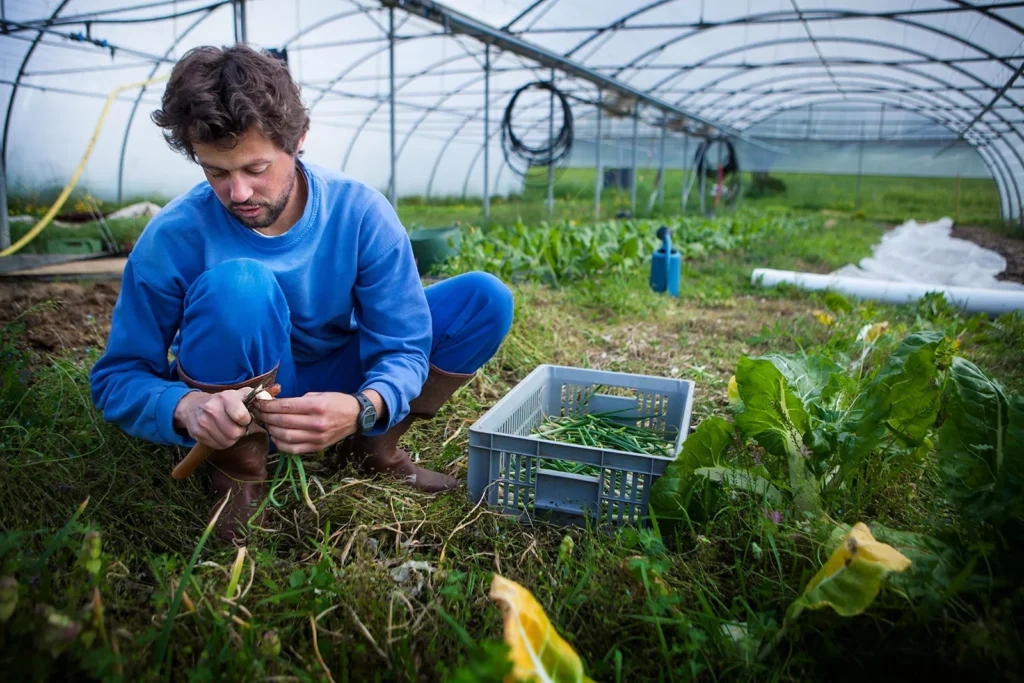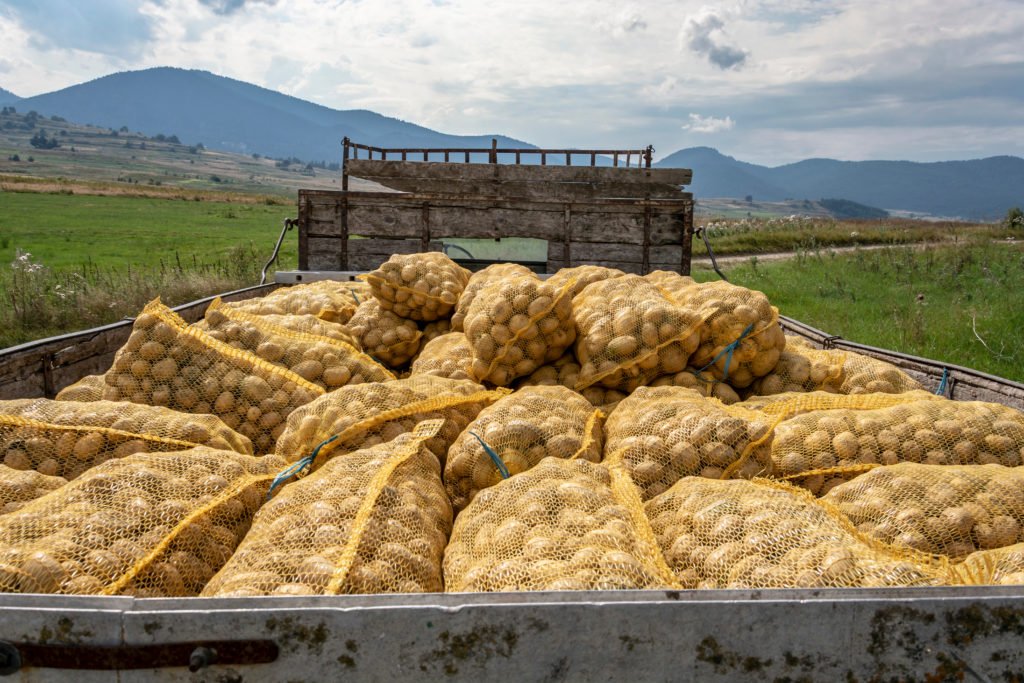Introduction
Government policies play a pivotal role in shaping the agricultural sector, influencing productivity, sustainability, and the livelihoods of farmers. Through various interventions such as subsidies, price supports, and research funding, these policies aim to address challenges such as food security, environmental sustainability, and economic viability for farmers. The effectiveness of these policies can significantly impact agricultural outcomes, from enhancing crop yields to promoting sustainable practices. This article explores the impact of government policies on agriculture, highlighting key findings from recent studies and their implications for agricultural development.
Key Impacts of Government Policies

1. Productivity Enhancement
Government agricultural policies are designed to boost productivity through targeted interventions.
- Input Subsidies: Research indicates that input subsidies significantly improve agricultural production among smallholder farmers. For instance, a study in Ghana found that increased access to subsidized seeds and fertilizers led to higher yields and enhanced productivity.
- Price Supports: Price stabilization programs help ensure that farmers receive fair compensation for their products. By maintaining stable prices, governments can incentivize production and provide income security for farmers.
2. Access to Credit and Resources
Access to financial resources is critical for farmers to invest in their operations.
- Credit Programs: Government policies that facilitate access to credit enable farmers to finance their operations and purchase necessary inputs. Improved credit access has been shown to positively influence agricultural production, allowing farmers to invest in better technology and practices.
- Extension Services: Providing extension services helps farmers gain knowledge about best practices and new technologies, further enhancing productivity. The availability of these services is often linked to government support.
3. Environmental Sustainability
Agricultural policies also aim to promote sustainable practices that protect the environment.
- Conservation Programs: Policies that support conservation efforts encourage farmers to adopt practices that enhance soil health and reduce environmental degradation. These initiatives often include financial incentives for sustainable land management practices.
- Research Funding: Investment in agricultural research helps develop sustainable farming techniques that can mitigate the effects of climate change and improve resource efficiency.

4. Structural Changes in Agriculture
Government interventions can lead to significant structural changes within the agricultural sector.
- Farm Size Dynamics: Policies such as direct payments or subsidies can influence farm size by providing financial incentives for expansion. Research suggests that government payments may encourage consolidation in the farming sector as larger farms are better positioned to absorb fixed costs associated with machinery and labor.
- Market Dynamics: Deregulation and market-oriented policies can reshape the agricultural landscape by encouraging competition and innovation among producers. However, these changes may also lead to challenges for smaller farms that struggle to compete.
5. Rural Development and Poverty Reduction
Agricultural policies have broader implications for rural development and poverty alleviation.
- Economic Growth: By enhancing agricultural productivity, government policies contribute to rural economic growth and job creation. Increased farm incomes can lead to improved living standards for farming communities.
- Food Security: Effective agricultural policies play a crucial role in ensuring food security by stabilizing production levels and making food accessible at affordable prices.
Conclusion
The impact of government policies on the agricultural sector is profound, influencing productivity, sustainability, market dynamics, and rural development. By implementing targeted interventions such as input subsidies, price supports, credit access programs, and conservation initiatives, governments can foster a more productive and resilient agricultural landscape. As global challenges such as climate change and food insecurity continue to evolve, ongoing evaluation and adaptation of these policies will be essential for supporting farmers and ensuring sustainable agricultural growth.
Engage with local policymakers—advocate for effective agricultural policies that support sustainable practices and enhance the livelihoods of farmers!
Q&A Section
Q: How do input subsidies affect agricultural productivity?
A: Input subsidies provide farmers with affordable access to essential inputs like seeds and fertilizers, significantly improving their productivity levels.
Q: What role do price supports play in agriculture?
A: Price supports help stabilize farmer incomes by ensuring fair prices for their products, incentivizing production while providing economic security.
Q: How can government policies promote environmental sustainability in agriculture?
A: Policies that support conservation practices and fund agricultural research encourage farmers to adopt sustainable techniques that protect natural resources.
Resources
- The Impact of Government Agricultural Policies on the Productivity of Smallholder Farmers – SCIRP
- Agricultural Policy – Wikipedia
- Impacts of Agricultural Policies on Productivity – OECD
- The Impact of Government Policies on Agricultural Prices – JSTOR
- FAO Report on Agricultural Policies – FAO





